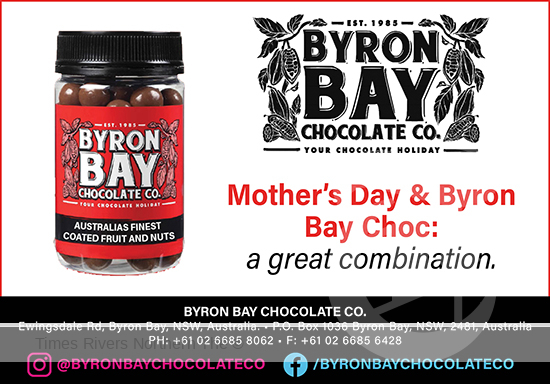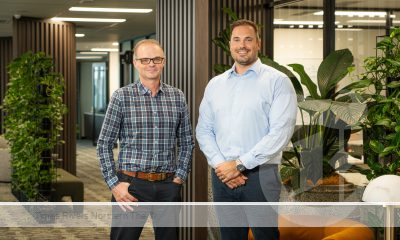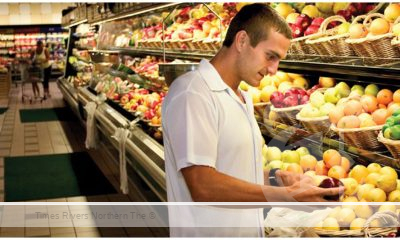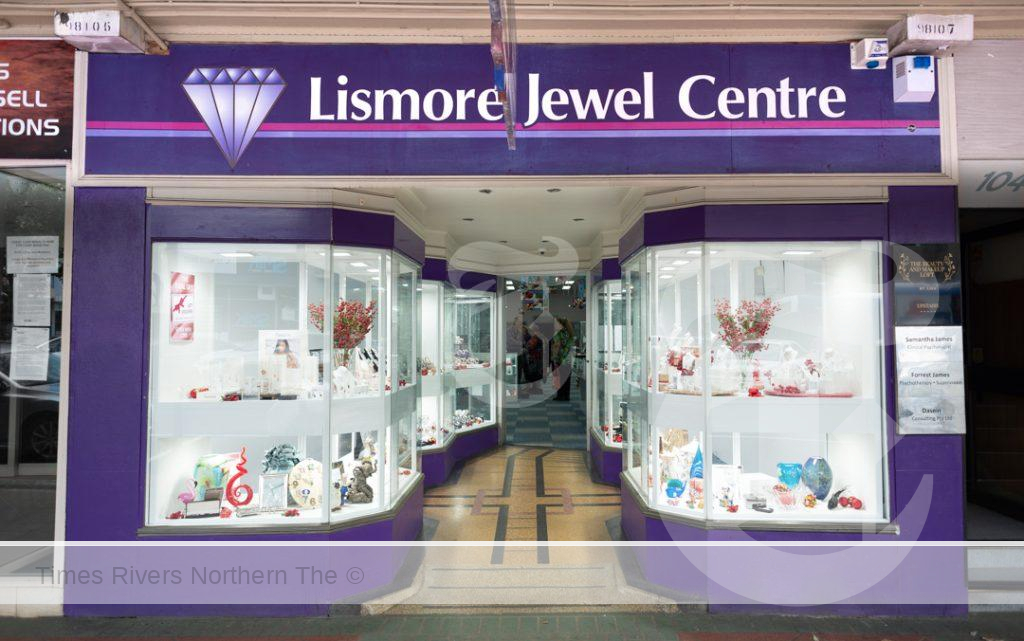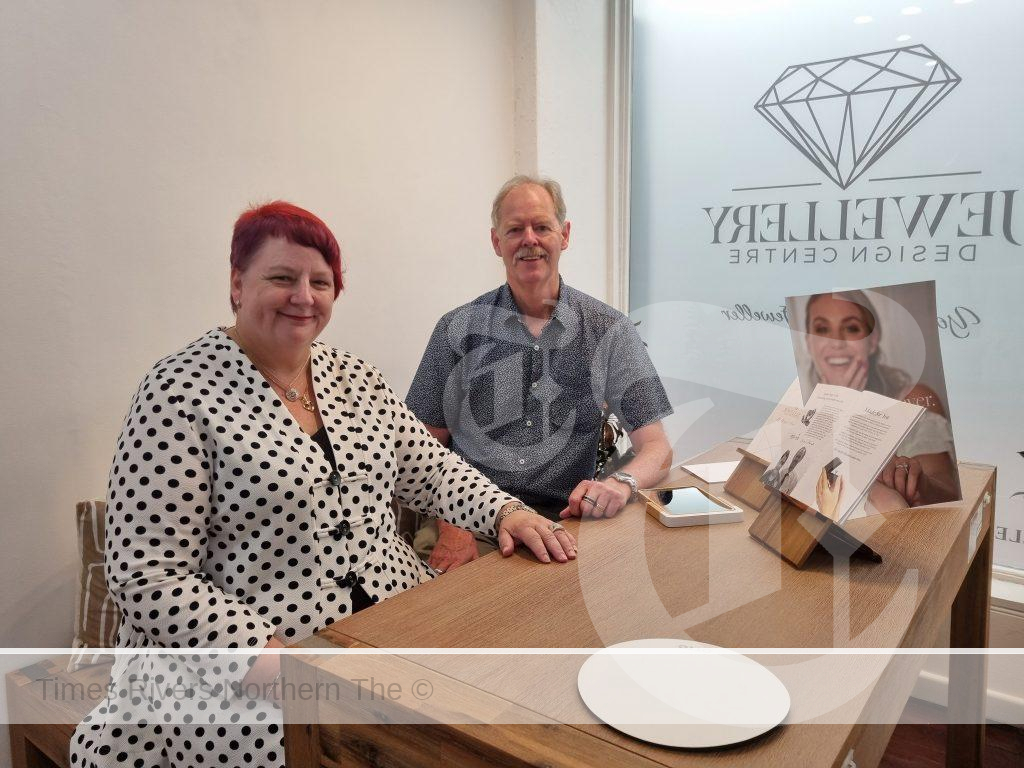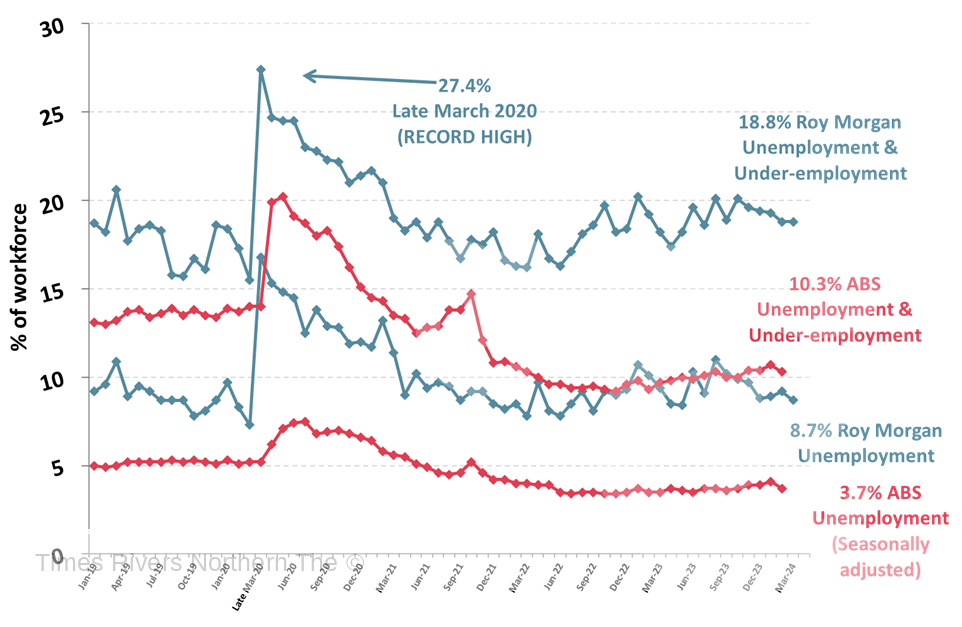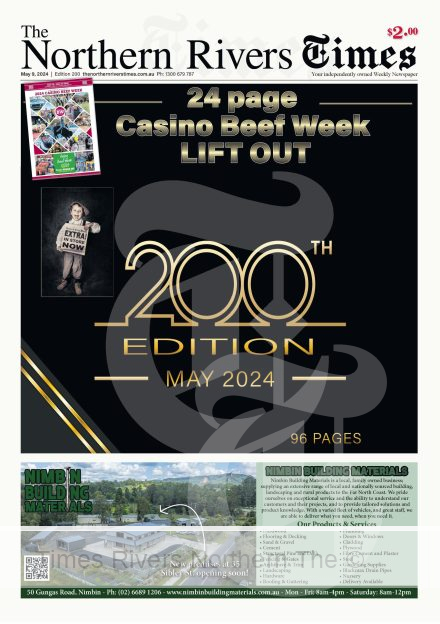Brave new workplace: the future of hybrid working
UNSW Sydney
Are the CEOs of the world right in predicting that workers will be back in the office full-time by 2026? Not according to UNSW Sydney researcher Iva Durakovic.
In October KPMG released a report stating that 64 per cent of global CEOs predict a complete return to in-office working by 2026. The CEOs cited linking raises and promotions with office attendance in their desire to return to “business as usual”.
Advertisements

“Business leaders who think this way are really misunderstanding what being at work means for today’s workers,” says Iva Durakovic, researcher in workplace design, whose recent papers ‘Supporting Social-Capital in an Omni-Channel Workforce’ and ‘Togetherness and (work)Place’ have looked at effective hybrid working spaces and tools, and at the significance of a work place in establishing belonging and a professional identity.
“Long before the COVID-19 lockdowns proved that there was a lot of work that could be done effectively without being in an office, workers were seeking autonomy over how, where and when they worked,” says Durakovic.
“WFH during lockdowns only amplified this, so the persistent demand of employees for more flexibility really should not be a surprise.
“Technology has enabled this flexibility, and for many professions there are tools and resources to connect effectively to work without physically being present.”
The ‘Togetherness and (work)place’ research paper reported “technology, human connection, and flexibility of choosing where to work as the top enablers of productivity in 2020”. This trend continued post the pandemic with an “ever-increasing importance placed on flexibility, choice, and connection”.
“If the team comes together and they’re engaged and actively reaping the benefits of face-to-face interaction, then it makes sense that people are in the office. But simply doing what can be done elsewhere, doesn’t make sense,” says Durakovic. Photo: Getty Images.
Why the call to come back to work?
“The question then becomes, ‘Why are you forcing your people to be together?’,” says Durakovic. “If the team comes together and they’re engaged and actively reaping the benefits of face-to-face interaction, then it makes sense that people are in the office. But simply doing what can be done elsewhere, doesn’t make sense,” says Durakovic. In mandating people back, organisations are not only risking an erosion of trust that the pandemic years and extended remote working have built but so much more in their culture. Trust underpins everything, our sense of autonomy, value to our teams, sense of cohesion, community and not to mention motivation and wellbeing.
“It comes down to flipping the question: it’s not about where and when we’re going to be working. It’s about how we’re doing the tasks that we need to do and then thinking about where that happens and when that happens.”
Durakovic’s research has captured similar sentiments to those commonly reported about the reaction of people when companies mandate a return to the office. There is a reluctance to return, to give up benefits like fewer hours and dollars spent commuting, easier access to childcare (rarely found in CBDs), more time with family when people are able to organise their work hours and location flexibly, increased time opportunities for exercise, not to mention the ability to perform more focused work and wellbeing benefits of being able to more effectively manage the juggles of life and work.
“It’s interesting,” says Durakovic, “that the CEOs surveyed have an impression that people will be more effective if they are in the office. They might turn up, but it’s certainly not going to do wonders for your culture or your turnover rates. Forcing presentism on people is not going to have a positive outcome for anyone. Not for them, and not for the business.”

“The future of work will continue to include hybrid work, because that’s what workers want, and it’s also what works for companies,” says Durakovic.
Drivers of change
What workers want from their workplace is changing and companies need to embrace that rather than try to recreate what has worked in the past. “There has been a move away from workers being attracted to companies that offer super-experiences, think amazing work campuses with free food and other perks, and incentives, towards looking for values alignment and engagement. People are looking for purposefulness and meaning in their work, and to work for companies that take their social responsibilities seriously,” says Durakovic.
In fact, says Durakovic, “some companies are revamping their office spaces to make them more appealing to their workforce, but they’re still finding people are not coming back as often as they’d hoped, which points to other factors organisations may not be addressing. One is an understanding of their employees’ different demographics and drivers of preference for remote work, the other is culture and an honest review of the physical environments too.”
But, that’s not to say that place is not important. “We, as humans, have a natural disposition towards attachment and belonging which ultimately fuels our intrinsic motivations. In the workplace, these experiences manifest through mechanisms of person-environment fit; that is, our sense of comfort in the environment (physical and cultural) and feelings of being needed, important to other people, valued and aligned,” explains Durakovic.
“It could be that some companies are trying to make sense of their real-estate investments by seeking to mandate a return to their offices. But this will not solve the corporate real estate crisis, nor meaningfully re-activate CBDs,” says Durakovic. “There is a huge opportunity, if not responsibility, to start to dramatically re-think building assets and diversify. Research is showing that the cities least hit by economic downturn and emptying of urban cores were those that had a more balanced mix of retail, office, residential and other amenities. Not to mention the potential positive environmental impact that ideas of the 15-minute city and benefits of technology could offer.”
What works for workers
For the ‘Supporting Social-Capital in an Omni-Channel Workforce’ study, funded through the Alastair Swain Foundation, Durakovic conducted a series of observations, interviews and measurements capturing real time data on the physical, operational and behavioural aspects of Mirvac’s Adaptive Workplace Pilot. The research sought to understand the types of spaces and tools most effective in supporting seamless hybrid work, and their impact on emotive dimensions of social capital (e.g. sense of belonging, community, attachment to the workplace). Located in their Sydney CBD office, Mirvac and their design partners created an experimental work floor through which cohorts of teams from different business units rotated over a period of six months.
From a physical perspective, the findings – also reported by Mirvac in The Adaptive Workplace: Insight Report – highlighted that responsive and dynamic environments were the most effective for hybrid teams. The design allowed for various levels of ‘hackability’ (i.e., user adjustability of spatial configuration) throughout different zones across the floor. There was a preference for areas whole teams could occupy with minimal equipment (i.e., desk monitors) on a central ‘team table’ which acted both as an anchor in the space, but also enabled good visibility across the area for impromptu interactions. These centralised group tables were supplemented with individual mobile desks enabling configurations that could be adapted to suit the size of the team, their preferences and the type of project task. Good zoning – creating different spaces for different types of work – proved critical in allowing competing activities to take place without noise levels problems.
Interestingly the clarity of work purpose in the physical environment and dedicated space for the team created deeper purposeful connection and belonging.
“The future of work will continue to include hybrid work, because that’s what workers want, and it’s also what works for companies,” says Durakovic. “Hybrid working is a skill that our research suggests we improve over time. Global research is also finding hybrid WFH increases average productivity by 5%, and the trend is increasing as companies and employees get better at it. It allows for diverse teams, which boost innovation, because it means people who were previously excluded from in-office only work paradigms can re-engage. This includes people with caring responsibilities, disability, neurodiversity or those who live in remote locations.”
It will also mean that our cities evolve, adapt, and engage with communities to create more meaningful places adding social value and hopefully becoming more sustainable and livable as they do.
For more business news, click here.

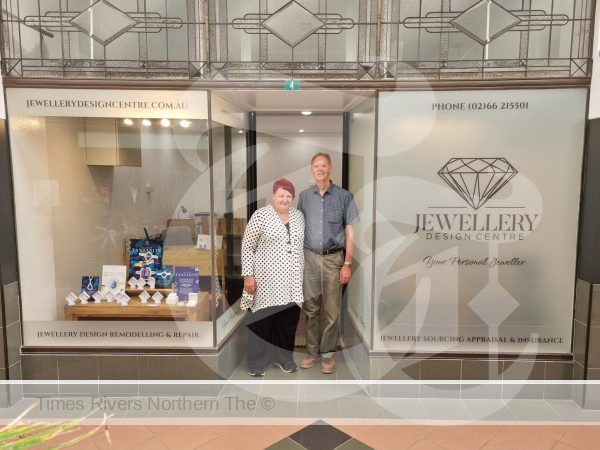

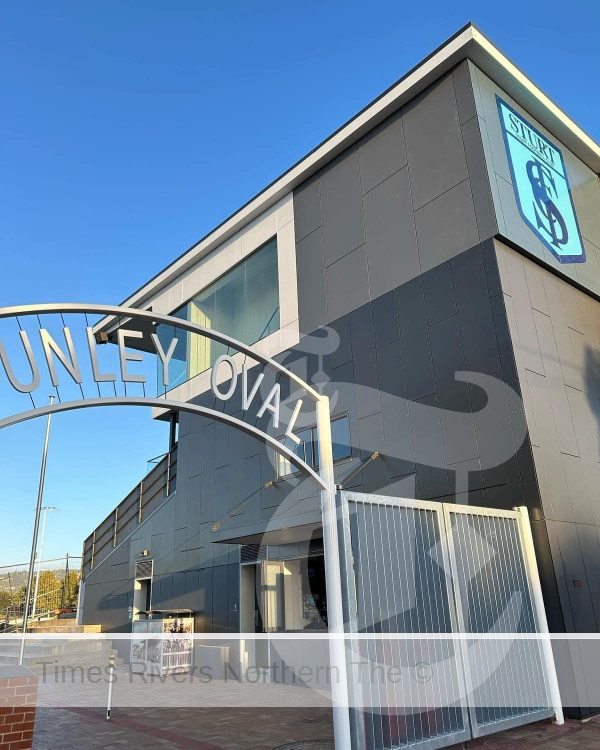

 Tweed Shire News2 years ago
Tweed Shire News2 years ago
 Motoring News1 year ago
Motoring News1 year ago
 COVID-19 Northern Rivers News3 years ago
COVID-19 Northern Rivers News3 years ago
 COVID-19 Northern Rivers News3 years ago
COVID-19 Northern Rivers News3 years ago
 Northern Rivers Local News3 years ago
Northern Rivers Local News3 years ago
 Health News3 years ago
Health News3 years ago
 COVID-19 Northern Rivers News3 years ago
COVID-19 Northern Rivers News3 years ago
 NSW Breaking News3 years ago
NSW Breaking News3 years ago










